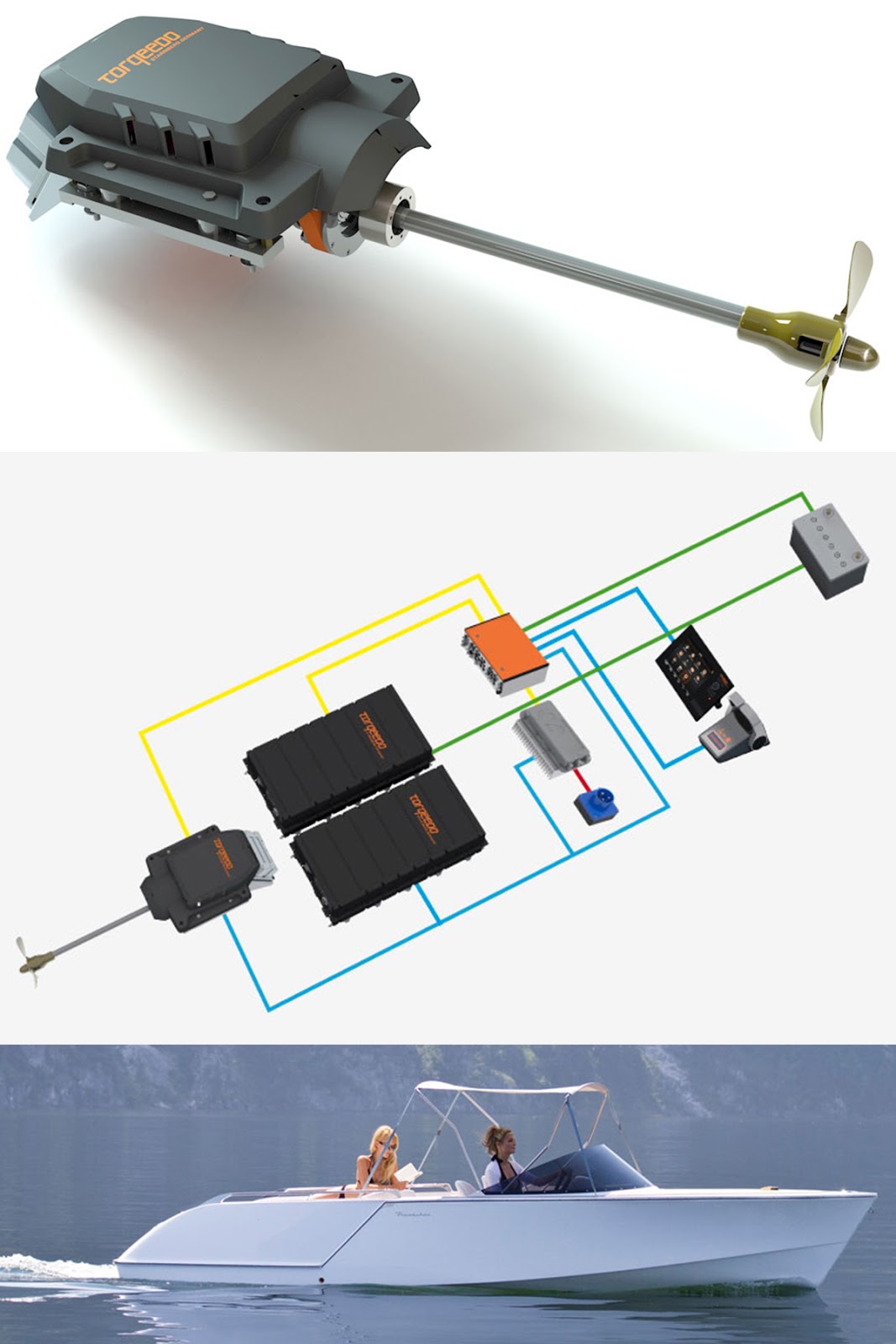
But if a storm is coming, and that hit me twice this summer by surprise, I want an engine that can push me as fast as possible to harbour.

Still that's a very very green solution, where you can decide how green you want to be. I'd never go cruising without a gen-set and most YouTubers that go electric full time cruising actually fill upp the batteries just to be really sure they'll get safely to Harbour before entering. So we need an insurance that we'll get to a harbour within a few days give or take.

Most of us have limited time we can be out. Maybe a dual 5kwh engine would be enough and if one breaks you'll still have one working pushing you forward. That way you'll be able to get anywhere at least at slow speed.Ī smaller boat, like 30 feet instead of our 35 footer because it would require less power and cost less. Has Regen.īig fast charger - at a minimum 8 amp at 48 vĪ generator that outputs 48 volt giving a few kwh. Just imagine crashing in to that 2millon dollar boats because the wind decided to push you and you wouldn't be able to do shit to stop it.Ĩ to 12 kw of AGM batteries because of price in a 48v configġ0kw engine (google Golden motors from China - it's popular for DIY electric conversions and cheap). Going in to a harbour without propulsion is often forbidden and just can't be done safely with a cruising sailboat of any reasonable size. Had problems with diesel bacteria this summer and that was nerve wrecking. I had a hard look into the subject myself and I really hate my 2015 Vetus diesel. The slower you go, the further you'll get. You'll have to sail, or move very very slowly to get anywhere. Going full Electric as battery tech is today, is a hard compromise. Well the engine itself is a hydro generator when the propeller moves, but it needs pretty good speed for that to give any real power. So in and out of harbour is what it's used for. The tricky thing is that you'll have energy of about 1 to 2 litres of diesel at best in your batteries. The obnoxious low oil pressure beep of a diesel and having to check to make sure the coolant system works, check the oil level, make sure your belts and pulleys are tight, that the starter motor works, etc etc.It's nice just being able to sail and not have to worry about being a diesel mechanic. The pull start outboard that came with my boat was a nightmare. The upsides are a lot more than just being environmentally friendly, it's so quiet, dramatically fewer moving parts to break, you can charge with solar and maybe even just convert the motor to create hydro-power., and it turns on with a switch. As long as you make a decent mount for it and attach the shafts with something rugged enough it shouldn't be any more complicated than installing any other motor. If I'm completely becalmed I'll motor at 2 knots to just keep making way, otherwise I only use it in and out of the harbor/marina.Īs far as conversion goes, I haven't installed an electric motor on a boat but have done it on an electric snowmobile project.

My experience is that you don't really need to motor much if your plan is to actually sail. I'm planning on putting in another 180ah of LiFePo4 for next season and that should be enough for me. You can probably do some math regarding the wattage and size of your boat to get an idea of how much power you'll get per battery. (it will push the boat at it's 5.5knot hull speed but I haven't tried it for long enough to estimate the range) The motor I'm using is 2200watts for a 23ft boat.

At 2 knots with no wind I can probably go 30nm on 130AH lifepo4, - at 3 knots going into a headwind I can do maybe 12. With electric you'll notice a big difference in range v.s. What you need more than anything is A LOT of battery.Just like fuel use you'll use a lot of power heading into the wind, a lot less when there's none.


 0 kommentar(er)
0 kommentar(er)
